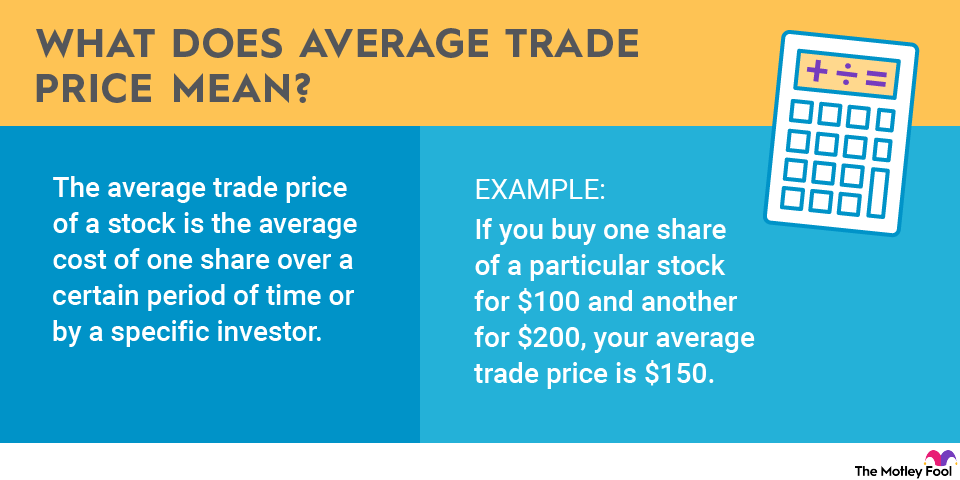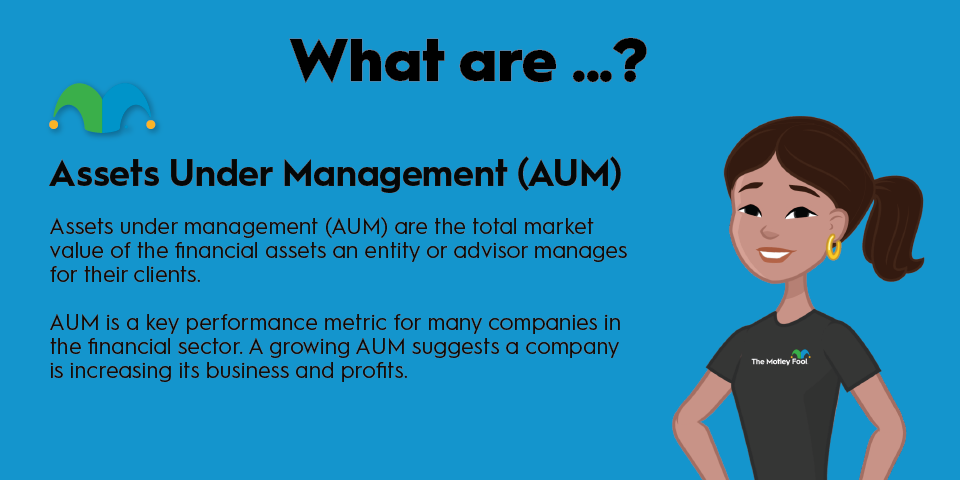Asset retirement obligations are a key financial term to understand if you are investing in companies operating in certain industries that deal with large quantities of tangible capital assets. Read on to understand what asset retirement obligations are, why this accounting concept should matter to you as an investor, and how asset retirement obligations can provide a clearer picture to shareholders of a company’s financial health.

What are asset retirement obligations?
Asset retirement obligations are legal requirements that a company must comply with when retiring or shutting down a tangible, long-term asset. Although any company may face asset retirement obligations, these requirements are more typical for businesses in the oil, gas, nuclear energy, and waste disposal industries. For example, when an oil and gas company enters into a land lease, it will often install tangible or physical infrastructure on the site.
Infrastructure
The infrastructure can take the form of an oil well, an underground tank, or production equipment. When the land lease expires, the company will have to retire its assets. Asset retirement may involve everything from dismantling and removing actual equipment to restoring surface land to cleaning up hazardous materials. Retiring any long-term, tangible asset is a costly process that will have a direct impact on the operating expenses and underlying value of the company. As a result, the company must report expected asset retirement obligations to give investors an accurate, transparent view of the business and its financials.
Purpose of asset retirement obligations
When a company knows that it will incur future costs to retire an asset, it is legally required to estimate these expenses. Those expenses will be included as long-term liabilities on its balance sheet. The estimates may not be exact. The purpose of asset retirement obligations is to provide a representation of the fair value of the financial obligation that the company assumes when it establishes physical assets that it will need to disassemble in the future.
Both the costs of dismantling physical assets and land cleanup should be recognized in a company’s asset retirement obligations. Asset retirement obligations should be reported on the company’s balance sheet in the period in which the obligation was incurred, which could be years before actual retirement of the asset takes place. For example, when a company constructs physical infrastructure such as an oil platform, it must make a reasonable estimate of the future costs of retiring the asset and include these in the financial statement for that reporting period.
If the company cannot immediately make a reasonable estimate of the rough value of its retirement costs for a specific asset, it should do so as soon as a fair approximation can be determined. As more equipment is built and the site expands, the company will need to account for the increase in value of the retirement obligations associated with a given asset. Economic factors such as inflation may also affect the value of asset retirement obligations and cause a company to reassess its estimates.
Why asset retirement obligations matter to investors
Asset retirement obligations help a company plan for the future and any financial hurdles that it may encounter when it eventually retires key infrastructure. These accounting measures also enable current and prospective shareholders to gain more accurate insight into the long-term financial state of the business.
For instance, understanding asset retirement obligations is vital if you want to invest in oil stocks. These are companies that are already contending with high operating expenses and finite resources, so accounting for asset retirement obligations enables investors to more correctly assess the company’s risk profile.
By monitoring asset retirement obligations as a measure of long-term liabilities, investors can better interpret the company’s potential exposure to financial losses. Because asset retirement obligations are recorded as liabilities and estimated for the life cycle of a physical asset, these figures can also be extremely useful when reviewing a company’s book value.
How asset retirement obligations are calculated
Exploration and production company ConocoPhillips (COP +3.16%) is just one example of an oil stock where asset retirement obligations are a key fixture on its balance sheet. As the second line item in long-term liabilities under long-term debt, ConocoPhillips reported asset retirement obligations of $7.1 billion as of the end of March 31, 2024. The figure accounted for approximately 15% of its total liabilities.
When a company acquires an asset and knows that it will be legally required to retire that asset at some point in the future, it must take several steps to calculate the present value of the asset retirement obligation to include on its balance sheet. The company will first estimate when the removal of the physical infrastructure would need to start and what its cash flow would look like at that point in time.
Related investing topics
Then, the company must calculate its credit-adjusted, risk-free interest rate and account for this metric in its overall liability balance. The company must also account for annual increases in interest expenses as well as upward or downward liability revisions to determine the fair value of its future removal obligation.
Asset retirement obligations are just one line item in a balance sheet but are useful for investors seeking to form an accurate forward-looking financial picture of a company that is subject to these reporting requirements. When a land lease concludes, or an offshore drilling site shuts down, wrapping up these operations will cause the company to accrue higher costs than it normally would in the course of doing business. Planning for these and other asset retirement obligations is vital for a company to support the performance of its business and deliver optimal value to shareholders.



















